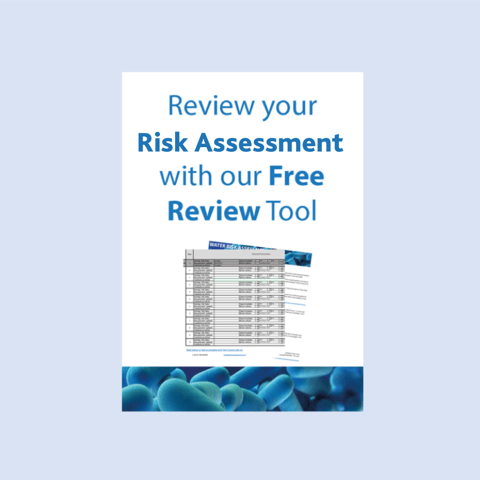
Water risk assessment and schematic review for your organisation.
Our water risk assessment and schematic review tool enables you to produce a desk-based review of your current reports against the criteria detailed in the HSE's HSG274 part 2 [2014]. It can be easily updated and reviewed at each Water Safety Group meeting.
The risk assessment review tool, includes:


FREE 50-minute screenshot on what your Water Safety Plan should include to comply with BS8680 2020 Water Quality - Water Safety Plans - Code of Practice.
This screencast will discuss:
- Structure of a WSP (Water Safety Plan)
- Awareness of BS8680
- Contents of each part of the WSP
- Key changes in the content
- Next steps in WSP ownership + development
















